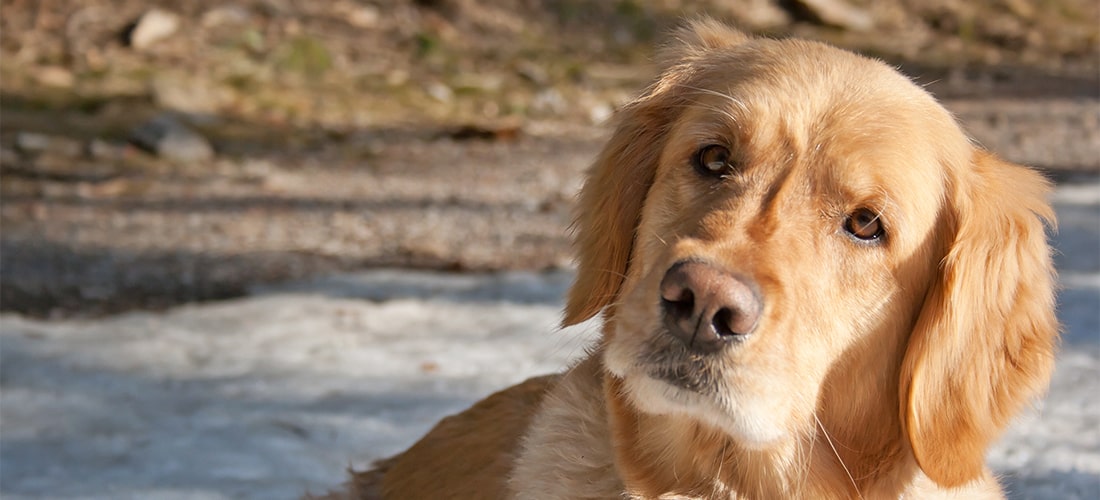Okay in this sort of situation, I would approach it differently.Let’s see, the last time, she was on the porch in her bed watching the world go by and I reached down to….what, I don’t remember, pick her up? and she gave me the side eye and a punch with her snoot and when I continued on, a grumble. Following was a quiet conversation about her behavior, I pick her up and take her to the zone. I use a baby gate so she can see what’s going on but not be part of it. My thought is that she wanted to be left alone on her porch. I don’t think it’s an invite to play. This protocol was suggested here I think.
One, why did you need to pick her up? Was there a specific reason, or you just wanted to or?
If it wasn't a necessity, I would simply respect the dog's wishes, she did politely tell you she didn't want to be picked up, and you ignored her, continued, so she felt the need to escalate.
Now, I know sometimes you really do have to pick a dog up, I get it. But if you default to respecting the dog's cues most of the time, the few times you do have to insist, it's far less likely to cause an issue because it's the anomaly, not the rule.
Especially if you're picking her up from a place she's comfortable and happy watching the world go by, to take her to a place that's essentially the time-out zone. Of course she wouldn't want to be picked up!
As much as you can, if you need to move her, use cues and rewards. As instructed on here, teach her off by tossing a treat where she has to jump off the sofa to go get it, then reward with another treat. Make compliance really worth her while.
Basically you're making deposits into her "trust" bank account. The more deposits you make the less likely you'll overdraw on the few times you have to insist.

